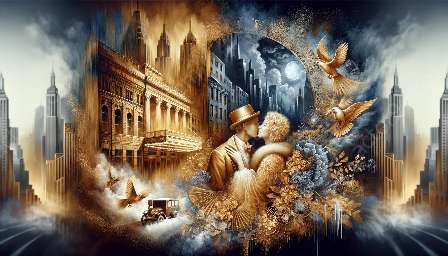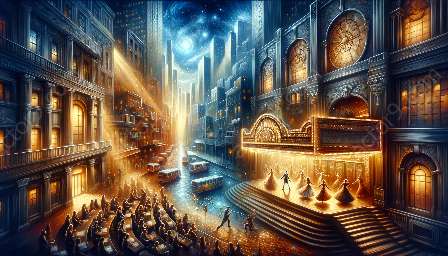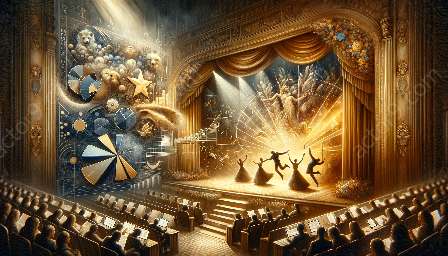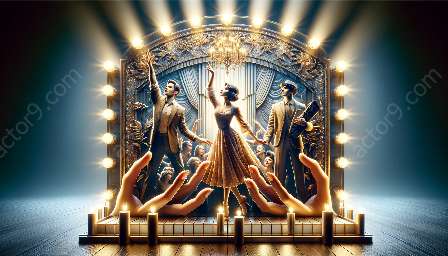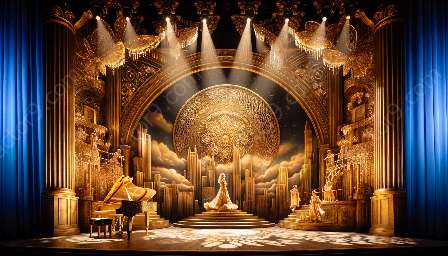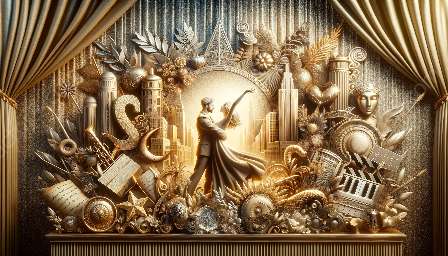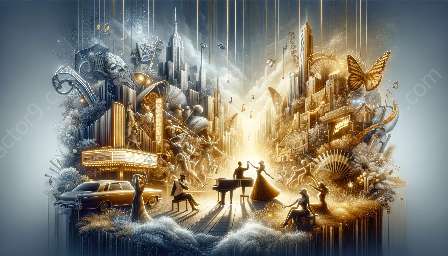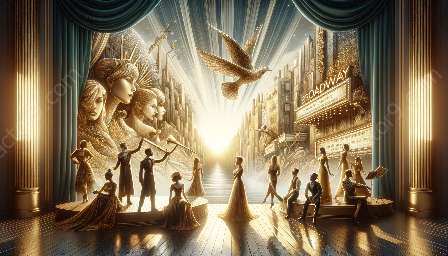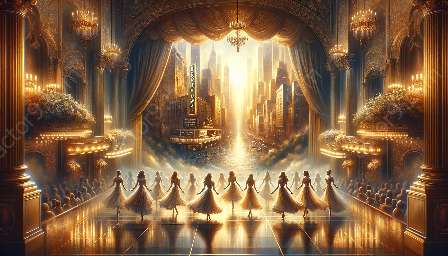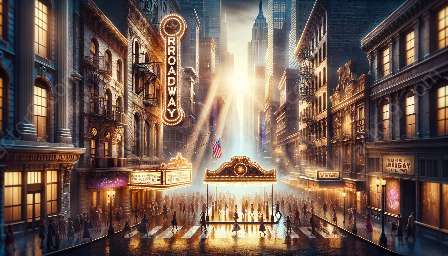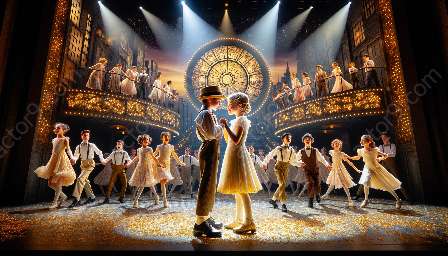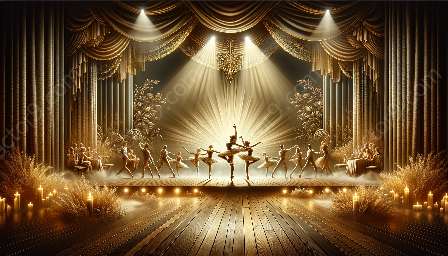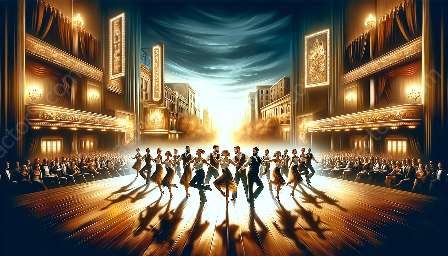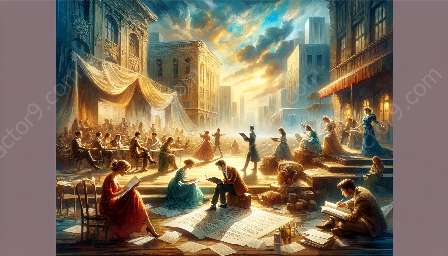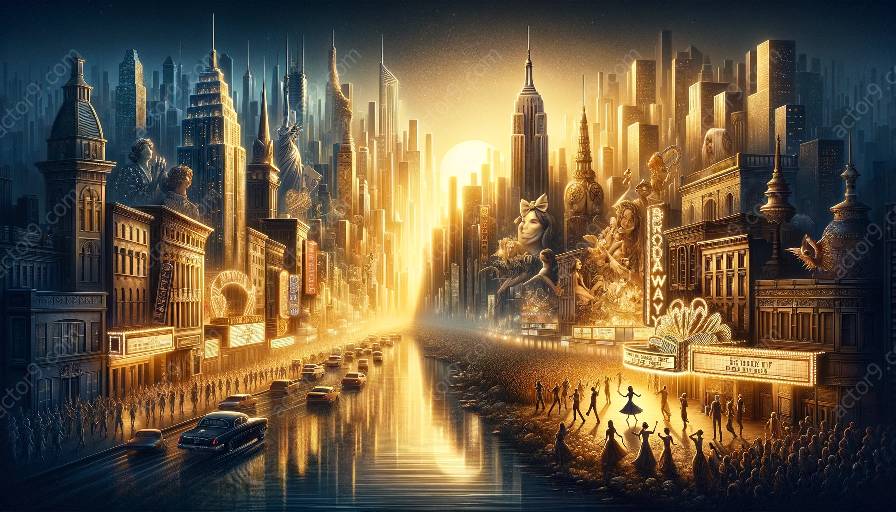Broadway musicals have a rich history of using storytelling and narrative structure to captivate audiences. From the early days of musical theater to the present, the approach to storytelling in Broadway has evolved significantly.
Early Days of Musical Theater
In the early days of Broadway musicals, storytelling often revolved around simple plotlines and archetypal characters. Musicals such as 'Show Boat' and 'Oklahoma!' utilized traditional narrative structures to convey the story.
Impact of Rodgers and Hammerstein
The collaboration of Richard Rodgers and Oscar Hammerstein II brought significant changes to the narrative structure of Broadway musicals. They integrated music, lyrics, and dance to advance the plot and develop characters, leading to a more cohesive storytelling approach.
Golden Age of Musicals
The golden age of musicals saw the evolution of storytelling in Broadway. Musicals like 'West Side Story' and 'Gypsy' explored themes and narratives with greater depth and complexity, moving away from traditional storylines.
Concept Musicals and Avant-Garde Storytelling
In the late 20th century, Broadway witnessed the rise of concept musicals like 'Company' and 'Sweeney Todd,' which introduced non-linear narratives and experimental storytelling techniques, challenging conventional approaches.
Contemporary Broadway
Contemporary Broadway musicals continue to push the boundaries of storytelling and narrative structure. Productions such as 'Hamilton' and 'Dear Evan Hansen' blend diverse musical styles with innovative storytelling methods, reflecting the evolving tastes of audiences.
Impact on Broadway Musical Styles
The evolution of storytelling in Broadway musicals has significantly influenced the development of musical styles. As narrative structures became more sophisticated, composers and lyricists experimented with new musical forms and genres to complement the evolving storytelling techniques.
Intersection with the Evolution of Broadway Musical Styles
The evolution of storytelling and narrative structure in Broadway musicals intersects with the broader evolution of musical styles on Broadway. As storytelling became more intricate, it necessitated musical accompaniment that could support and enhance the narrative, leading to the diversification of musical styles and genres within the Broadway repertoire.
Influence on the History of Musical Theater
The evolution of storytelling and narrative structure in Broadway musicals has left a lasting impact on the history of musical theater. It has contributed to the expansion of the art form, allowing for greater experimentation and exploration of diverse narratives and themes.


